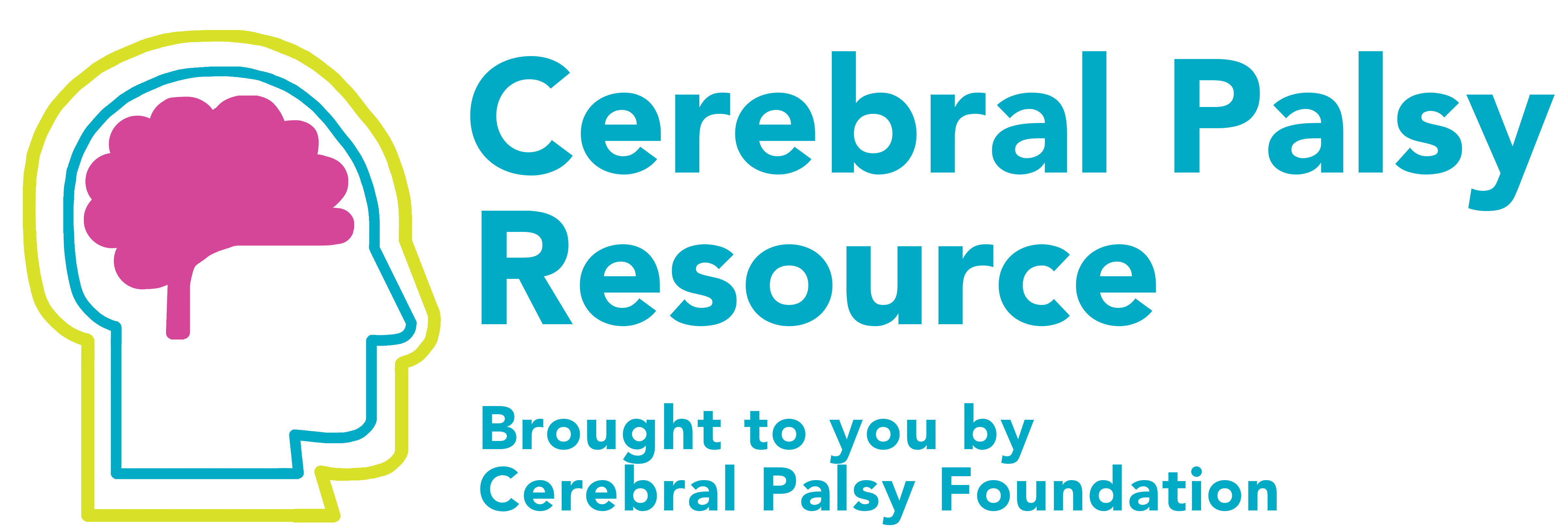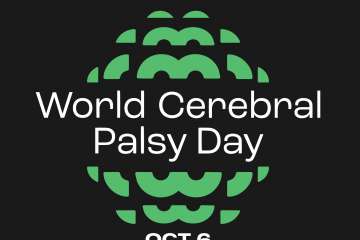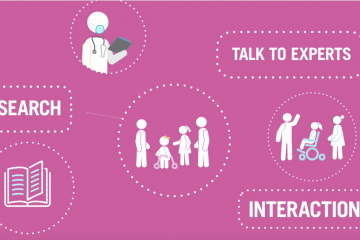Understanding Types of Research: A Guide for Families and Individuals with Cerebral Palsy
Making informed decisions about care and treatment for cerebral palsy (CP) can be overwhelming, especially with the vast amount of medical research available. Through this guide, we aim to help you better understand the types of research you may encounter and provides practical tips for evaluating studies relevant to CP.
Why Understanding Research Matters
• Over 28,000 medical journals publish more than 1.8 million articles each year, including hundreds of systematic reviews on CP interventions.
• Not all research is equally reliable or relevant. Knowing how to recognize strong evidence helps families and individuals make better choices about care.
The Hierarchy of Evidence
Medical research is often ranked in a "pyramid," with the most trustworthy evidence at the top:
| Level of Evidence | Description |
| Systematic Reviews & Meta-Analyses | Combine results from many studies to answer a clinical question with the highest reliability |
| Randomized Controlled Trials (RCTs) | Participants are randomly assigned to treatments; helps ensure fair comparisons |
| Cohort & Case-Control Studies | Observe groups over time or compare those with/without a condition. Useful, but less reliable than RCTs. |
| Case Reports & Expert Opinion | Individual cases or expert advice. Helpful for rare situations, but weaker evidence. |
| Animal & Laboratory Studies |
Early research, not directly applicable to humans. |
How to know if research is applicable to you needs?
Key Parts of a Research Study: The PP-ICONS Approach - When reading a study, focus on these elements to judge its value for your situation:
• Problem: Is the study about the same issue you're concerned with?
• Patient/Population: Are the study participants similar to your child or family member (age, diagnosis, severity)?
• Intervention: Is the treatment or test the same as what you're considering?
• Comparison: What was the intervention compared to (another treatment, placebo, or no treatment)?
• Outcome: Are the results measured meaningful to you? Outcomes that matter to patients (like quality of life or daily function) are most important.
• Number of Subjects: Larger studies (ideally over 100 participants) provide more reliable results.
• Statistics: Understand basic numbers like absolute risk reduction (ARR) and number needed to treat (NNT). Ignore statistics like relative risk reduction (RRR), which can be misleading.
Consider the outcomes being Measured:
• Disease-Oriented Outcomes: Focus on test results or measurements (e.g., muscle tone, range of motion).
• Patient-Oriented Outcomes: Focus on what matters to patients and families (e.g., ability to walk, communicate, or participate in activities)
Tips for Families Evaluating Research
• Start with Systematic Reviews or Meta-Analyses: These provide the most reliable answers to clinical questions
• Check for Relevance: Make sure the study population matches your situation.
• Look for Clear Outcomes: Prefer studies that measure things important to daily life, not just lab tests.
• Beware of Small Studies: Small numbers may not give accurate results.
• Ask About Number Needed to Treat (NNT): The lower the number needed to treat, the more effective the intervention.
• Consult Professionals: Share research with your healthcare team and discuss how it applies to your needs.
Common Research Terms Explained
| Term | What It Means |
| Systematic Review | A summary of all relevant studies on a topic, using strict methods. |
| Meta-Analysis | Combines data from multiple studies to get a clearer answer. |
| Randomized Controlled Trial (RCT) | Participants randomly assigned to groups to test treatments. |
| Absolute Risk Reduction (ARR) | The actual difference in outcomes between two groups. |
| Number Needed to Treat (NNT) | How many people need treatment for one to benefit. |
Final Thoughts
Understanding the types of research and how to evaluate them empowers families and individuals with CP to make informed decisions. Focus on high-quality evidence, outcomes that matter to you, and always discuss findings with your healthcare team.







